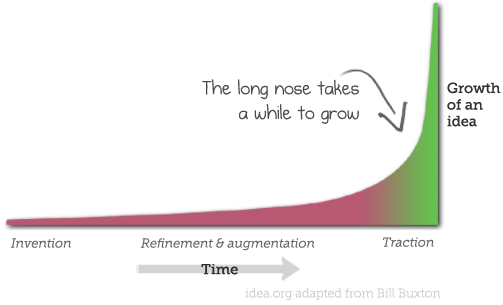The other day, Julian Assange decided to publicly release an indexed archive of all of those stolen emails of the employees of SONY. If I understand correctly, his reasoning was roughly as follows: Since these people all work for a large multinational corporation, then they must be evil, and therefore they must be punished.
The fact that these people are simply individuals, not powerful multinational corporations, seems to be a nicety that Mr. Assange finds too insignificant to bother with.
I imagine that some who are reading this might disagree with me. They might find WikiLeaks’ logic unassailable. After all, once someone makes the decision to work for a major corporation, shouldn’t they assume that they have given up any claim to moral legitimacy? Shouldn’t they expect that stolen information about them and the people in their life will be made public and conveniently indexed, that their every personal conversation will be come a matter of public discussion and perhaps public mockery?
The fact that these employees’ children, their spouse, their friends, everyone in their personal circle will be forced to witness their private life made public, isn’t this simply righteous punishment for the unforgivable act of being an employee of a major corporation?
If you do agree with Mr. Assange on this one, then I hope you realize you have a moral obligation to gather up every intimate and personal email you have ever sent or received, and send it immediately to Mr. Assange to do with as he will. After all, if you have nothing to hide, you have nothing to fear.
I have a disturbing image in my head of Mr. Assange gleefully urinating all over these peoples’ lives.
Maybe that’s why they call it WikiLeaks.
